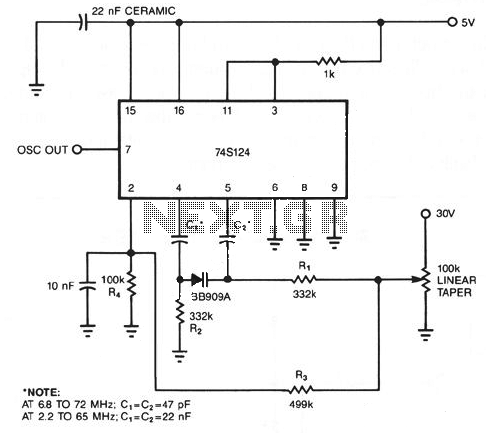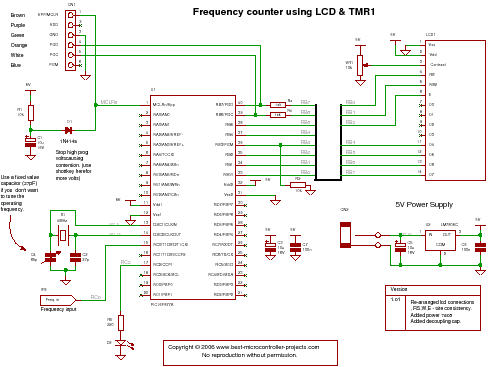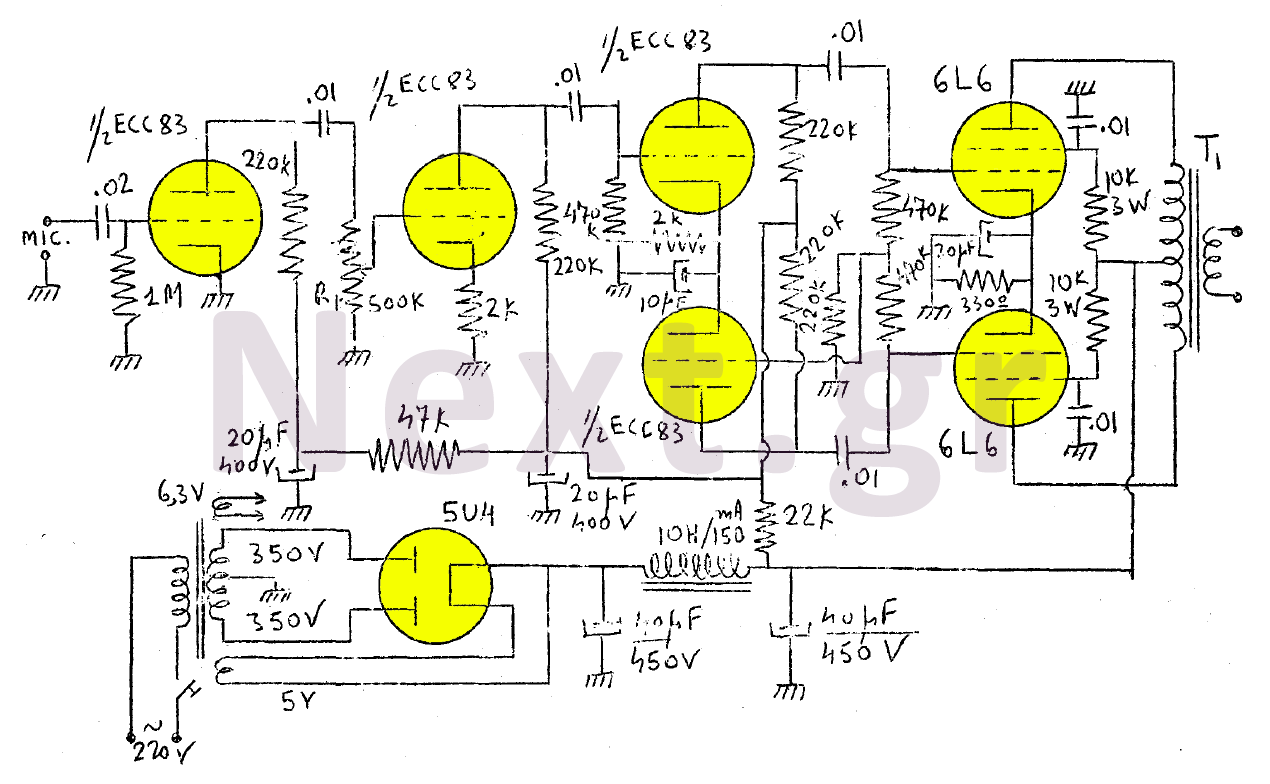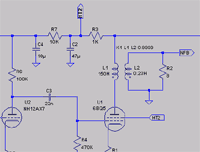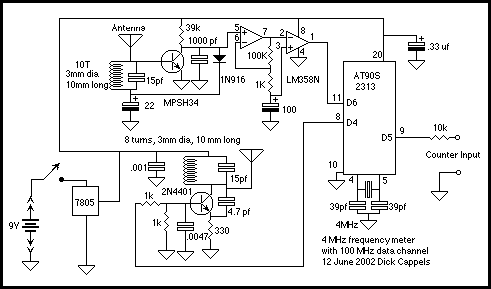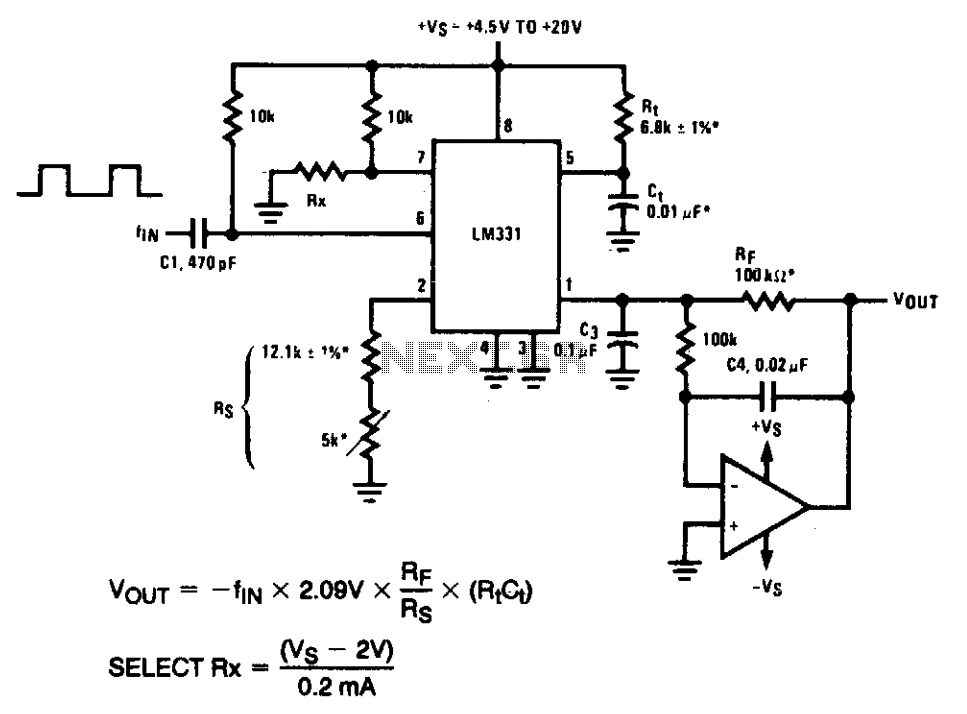
FOUR MODE FREQUENCY COUNTER
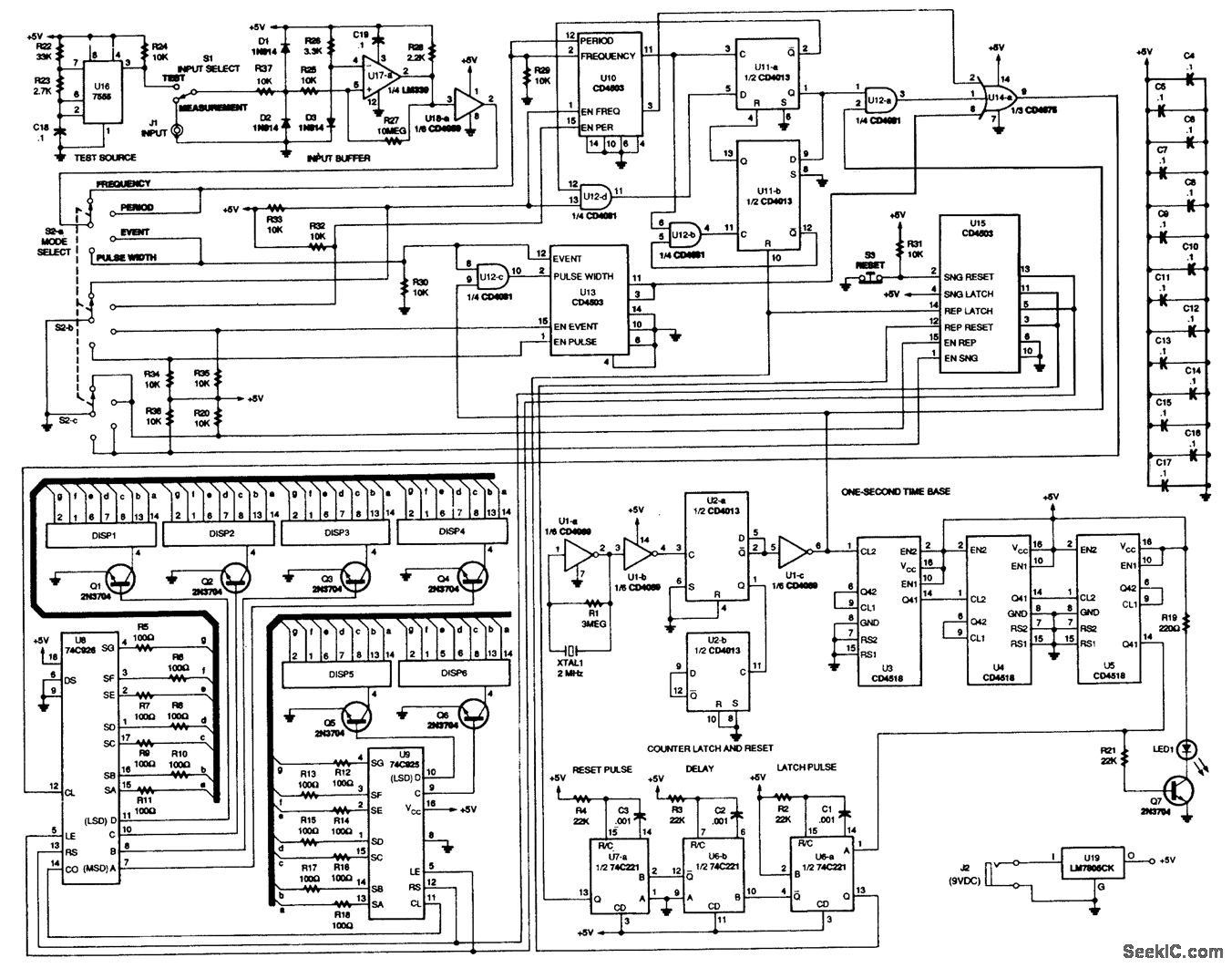
This counter is capable of measuring frequencies ranging from 2 Hz to 1 MHz, as well as time intervals, periods, and counting random events. It utilizes the 74C926 and 74C925 integrated circuits as the primary counting components, which drive a multiplexed LED display. A 2-MHz time base is implemented, and a divider chain is employed to generate a 1-second gate. An LM339 operational amplifier functions as the input buffer, while CD4000 series logic is utilized for gating and switching operations.
The frequency counter circuit is designed to accommodate a wide frequency range, ensuring versatility in various applications. The 74C926 and 74C925 are both high-speed counters that can handle digital counting with precision. The multiplexed LED display allows for clear visualization of the counted values, enabling easy monitoring of frequency measurements, time intervals, and event counts.
The 2-MHz time base is crucial for accurate timing and synchronization within the circuit. The divider chain effectively reduces the high-frequency input to a manageable 1-second gate signal, which is essential for counting operations. This gating mechanism ensures that the counter only registers events during specific time intervals, enhancing the accuracy of the measurements.
The LM339 operational amplifier serves as a buffer, providing impedance matching and signal conditioning for the input signals. This configuration minimizes signal degradation and ensures that the counter receives clean and reliable input signals. The use of CD4000 series logic for gating and switching functions adds to the flexibility and adaptability of the circuit, allowing for various configurations depending on the specific application requirements.
Overall, this counter circuit represents a robust solution for frequency measurement and event counting, with careful consideration given to component selection and circuit design to ensure optimal performance across a wide range of operating conditions.This counter can measure frequencies from 2 Hz to 1 MHz, time interval, and period, and count random events. A 74C926 and 74C925 are used as the counter, and these will drive a multiplexed LED display. A 2-MHz time base is used, and a divider chain is used to derive a 1-s gate. An LM339 op amp serves as the input buffer, and CD4000 series logic is used for gating and switching functions. 🔗 External reference
The frequency counter circuit is designed to accommodate a wide frequency range, ensuring versatility in various applications. The 74C926 and 74C925 are both high-speed counters that can handle digital counting with precision. The multiplexed LED display allows for clear visualization of the counted values, enabling easy monitoring of frequency measurements, time intervals, and event counts.
The 2-MHz time base is crucial for accurate timing and synchronization within the circuit. The divider chain effectively reduces the high-frequency input to a manageable 1-second gate signal, which is essential for counting operations. This gating mechanism ensures that the counter only registers events during specific time intervals, enhancing the accuracy of the measurements.
The LM339 operational amplifier serves as a buffer, providing impedance matching and signal conditioning for the input signals. This configuration minimizes signal degradation and ensures that the counter receives clean and reliable input signals. The use of CD4000 series logic for gating and switching functions adds to the flexibility and adaptability of the circuit, allowing for various configurations depending on the specific application requirements.
Overall, this counter circuit represents a robust solution for frequency measurement and event counting, with careful consideration given to component selection and circuit design to ensure optimal performance across a wide range of operating conditions.This counter can measure frequencies from 2 Hz to 1 MHz, time interval, and period, and count random events. A 74C926 and 74C925 are used as the counter, and these will drive a multiplexed LED display. A 2-MHz time base is used, and a divider chain is used to derive a 1-s gate. An LM339 op amp serves as the input buffer, and CD4000 series logic is used for gating and switching functions. 🔗 External reference
